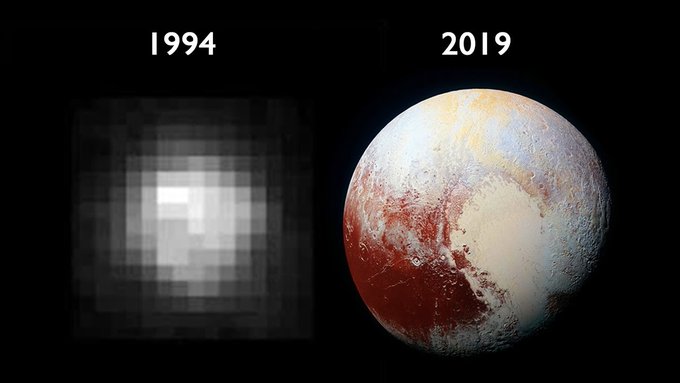
The new Automated Planet Finder telescope, dedicated to finding super-Earths and Earth-size exoplanets, has helped researchers discover planets orbiting star HD 7924.
A team of astronomers has discovered three new planets orbiting a star 54 light-years away, using a ground-based robotic telescope which has enabled the scientists to speed up their search for small planets in the Sun's immediate celestial neighborhood.
"The three planets are unlike anything in our solar system, with masses seven to eight times the mass of Earth and orbits very close to their host star," said graduate student Lauren Weiss, leader of the team at UC Berkeley, which works together with astronomers at the Universities of Hawaii, Tennessee State and University of California Observatories on the project to survey super-Earth planets orbiting nearby stars.
All the planets orbit their star at a distance closer than Mercury orbits the sun, and complete their orbits in just five, 15 and 24 days.
The first evidence of planets orbiting HD 7924 was found in 2009 by the W.M Keck Observatory in Hawaii, and measurements taken by the Automated Planet Finder [APF] Telescope at Lick Observatory in California validated their existence.
The exoplanets, which are invisible to the naked eye due to their distance and are comparatively dim next to their host stars, were detected using the Doppler technique to detect the wobble of star HD 7924 as the planets orbited and pulled on it gravitationally. Doppler spectroscopy, or the 'wobble method,' detects the Doppler shift of the light coming from the star to deduce the planet's mass and orbit, a technique which has been used to find hundreds of exoplanets.
This picture shows the Automated Planet Finder [APF] at Lick Observatory, which has been collecting measurements since January 2014 in the search for Earth-sized planets around nearby stars.
The astronomers wrote software to enable the APF telescope to search for planets without a human in control, said Benjamin 'BJ' Fulton, a graduate student at the University of Hawaii at Manoa, having "initially used the APF like a regular telescope, staying up all night searching star to star."
Fulton explained that the robotic observations are the start of a two-year project to systematically survey for super-Earth planets orbiting nearby stars.
"When the survey is complete, we will have a census of small planets orbiting sun-like stars within approximately 100 light-years of Earth," he said.
Andrew Howard, a professor of astronomy at the University of Hawaii, said the level of automation allowed by the robotic observation "is a game-changer in astronomy," and akin to "owning a driverless car that goes planet-shopping."
The goal of the AFP, say the researchers, is to find small planets orbiting the nearest stars, some of which might have temperatures and surface conditions suitable for life.
Read more: http://sputniknews.com/environment/20150429/1021514119.html#ixzz3YhF6z0kG




 nomadski
nomadski
